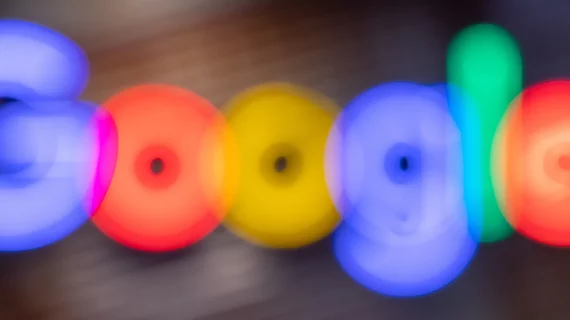3 things to know about Google’s revitalized relationship with Mayo Clinic
Big Tech is cozying up ever more closely to Big Med over a shared vision to “transform healthcare with generative AI.”
The inference comes via word from Google Cloud, which announced its growing alliance with Mayo Clinic and several unnamed healthcare organizations June 7. The first initiative in the refreshed relationship will have Google setting up the decorated healthcare system with customizable search capabilities for internal and external seekers of information.
The toolkit for pulling this off—an enterprise search function in Google’s Generative AI App Builder—lets Google Cloud customers apply some of Google’s most advanced, generative AI-aided search capabilities to internally built and maintained databases.
Here are three things to watch for as the development plays out.
- Gen App Builder’s enterprise search function promises to produce more efficient clinical workflows, smarter research queries and, ultimately, better patient outcomes. As Google explains it, the enterprise search function in Gen App Builder “unifies data across dispersed documents, databases and intranets, making it easier to search, analyze and identify the most relevant results.”
- Gen App Builder is now ready to support HIPAA compliance. Google Cloud customers also have access to tools to directly tune large language models and to review model responses for biased or unvalidated content, teaching the model to avoid inappropriate outputs, the company points out.
- Accessing insights more quickly and easily ‘could drive more cures, create more connections with patients and transform healthcare.’ That’s from Mayo Clinic CIO Cris Ross, who adds that he hopes Gen App Builder’s tools will help the high-achieving health system serve patients, researchers and healthcare workers in two ways: with conversational yet precise info searches and with outputs that help the seeker understand the results.
Read the announcement here, more on Gen App Builder’s search function here and Google’s earlier blog post on a “responsible path to generative AI in healthcare” here.

